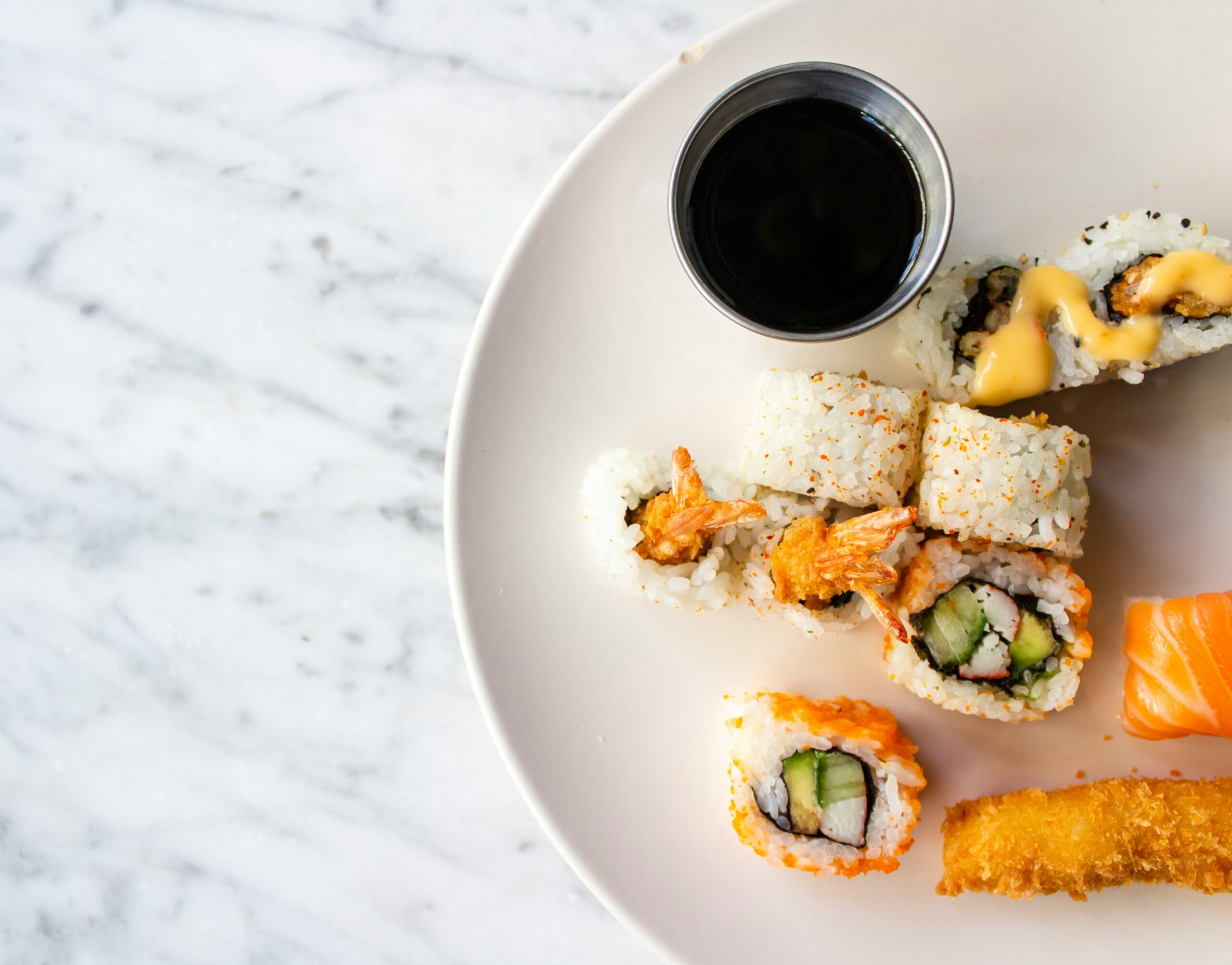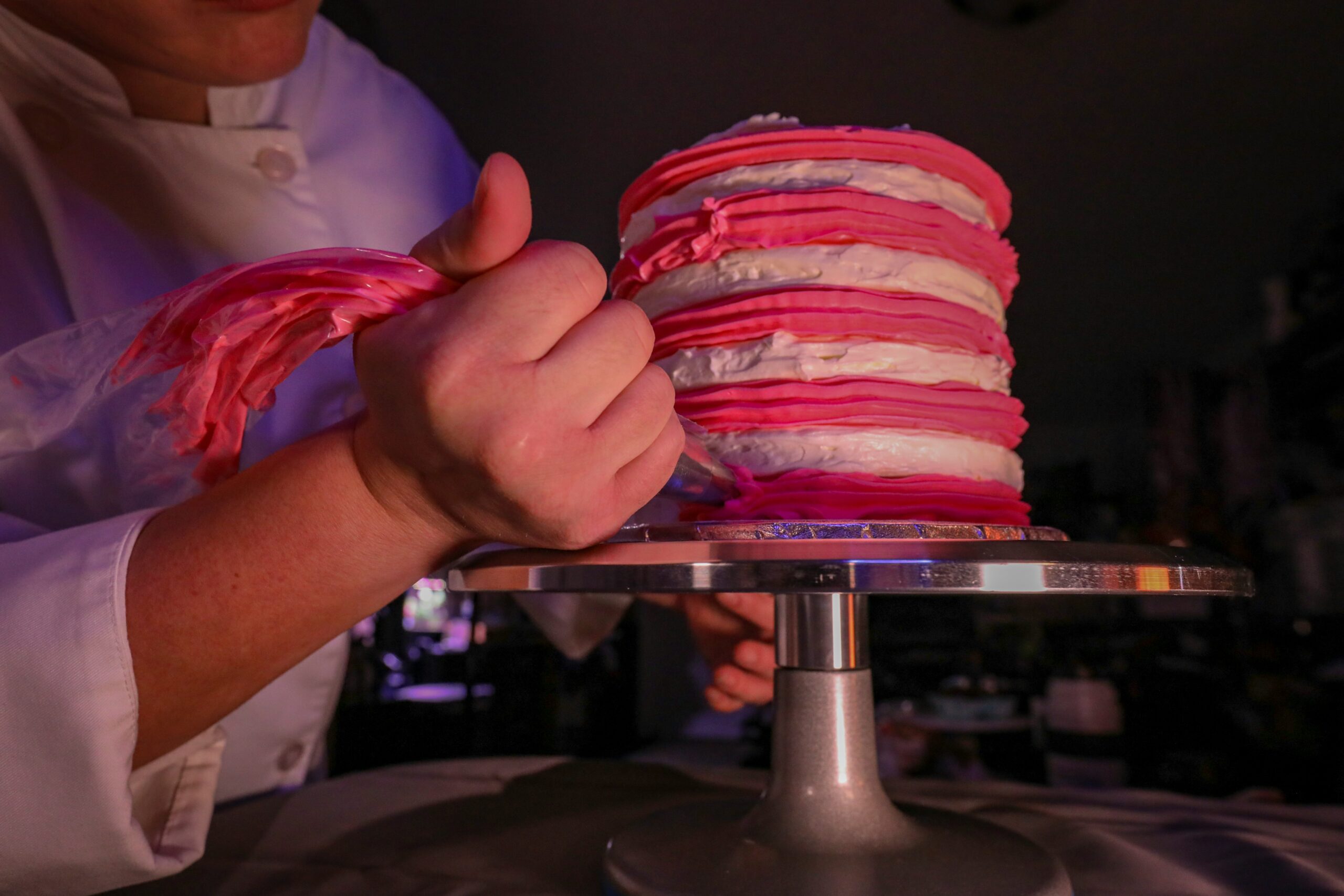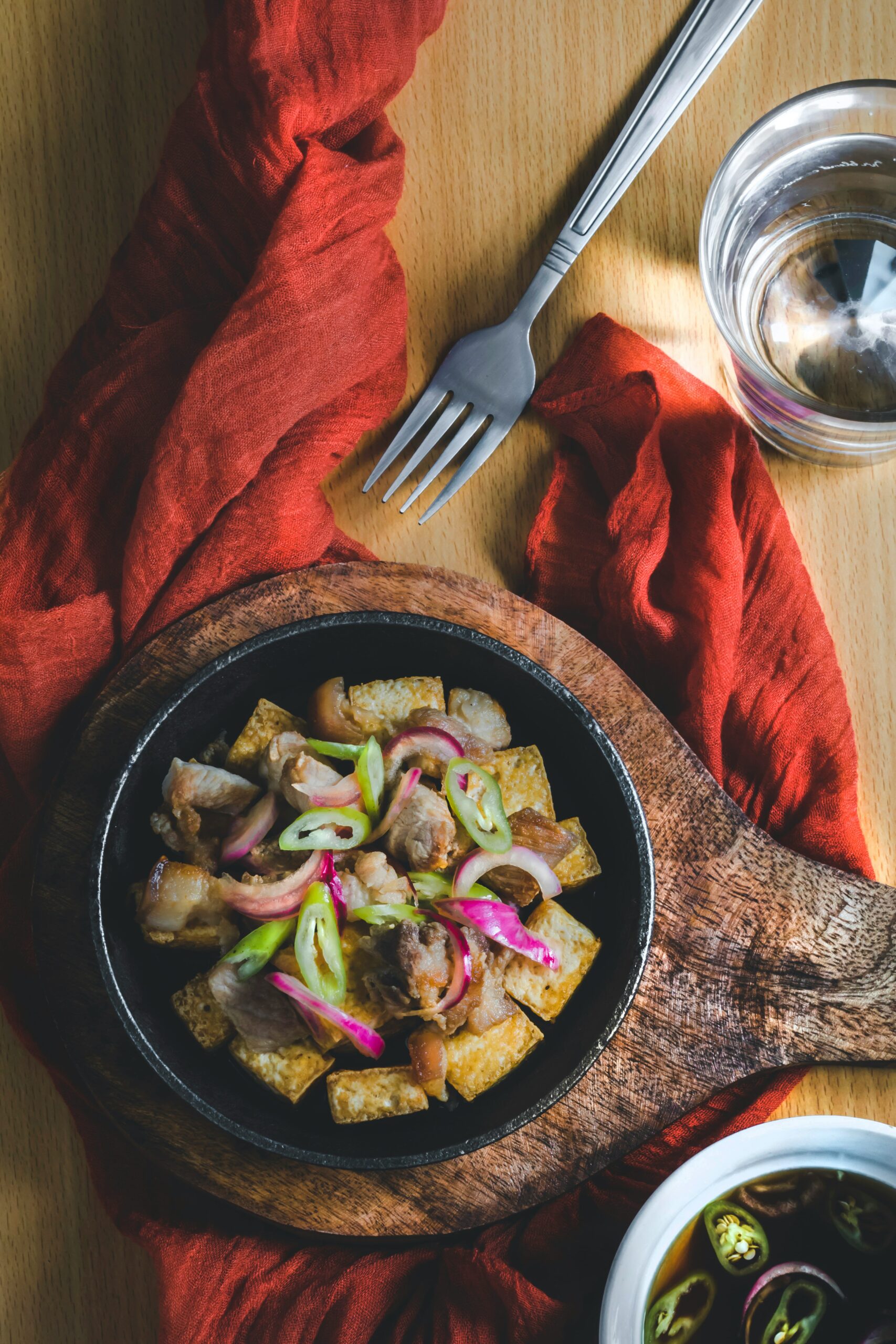Savoring Tradition: Exploring Family Recipes That Bring Us Together
When you think about family gatherings, what comes to mind first? Is it the laughter echoing off the walls, the sound of clinking glasses, or perhaps the tantalizing aroma of a familiar dish simmering away in the kitchen? For many, these gatherings are steeped in culinary traditions that have been passed down from generation to generation. Family recipes are more than just a collection of ingredients and instructions; they are the threads that weave together our shared histories, memories, and identities.
Food has a unique ability to evoke nostalgia. I remember my grandmother’s kitchen, where every Sunday was a mini-reunion centered around her famous lasagna. The smell would waft through the house, pulling in family members like a moth to a flame. No one ever left her house without a heaping plate and a warm hug, and that’s a tradition worth savoring. As we explore the significance of family recipes, we’ll delve into the stories behind them, the emotions they stir, and how they can bridge generations.
The Roots of Family Recipes
Family recipes often hold deep cultural significance. They are repositories of tradition, often reflecting the heritage of those who prepare them. For instance, Italian families may take pride in their homemade pasta, while Southern families might swear by their grandmother’s secret fried chicken recipe. According to culinary historian Dr. Mary D. Smith, “Food traditions are often a reflection of cultural identity. When we cook recipes passed down through generations, we are not just preparing a meal; we are honoring our ancestors.”
But what is it that makes a recipe a “family” recipe? Is it simply the ingredients? Or is it more about the stories attached to each dish? Some might argue that the latter is true. After all, it’s often the stories we share around the dinner table that make the meal memorable. A pot roast may taste delicious, but when paired with a tale about how your great-grandfather survived the Great Depression by cooking with whatever was on hand, it transforms into something much more meaningful.
Recipe Revival: The Importance of Preservation
In a world increasingly dominated by fast food and convenience, there’s a growing movement to revive and preserve family recipes. Many families are now documenting their culinary legacies, creating recipe books, or even hosting cooking classes. This revival not only honors tradition but also serves as a way to bond across generations. It’s a fantastic opportunity for young ones to learn from their elders. In fact, a study by the American Psychological Association suggests that cooking together can strengthen family bonds and improve communication.
Take the Garcia family, for example. They have a tradition of gathering every Thanksgiving to make tamales. What started as a simple cooking session has grown into a full-blown family event. Children and grandparents alike gather in the kitchen, each playing a role in the assembly line of masa and fillings. “It’s not just about the tamales,” says Maria Garcia, the family matriarch. “It’s about coming together, sharing stories, and keeping our culture alive.” This sentiment is echoed by many families who find joy in the act of cooking together.
Bridging the Generation Gap
Family recipes can serve as a bridge between generations, allowing younger family members to connect with their heritage. Think about it: when a child learns to make their grandmother’s pie, they’re not only mastering a skill; they’re also gaining insight into their family’s history. It’s a beautiful way to pass down values, customs, and memories.
However, it’s not always smooth sailing. Sometimes, the younger generation may not appreciate the significance of these recipes. They might roll their eyes at the thought of spending an entire afternoon making dough from scratch when they can whip up something in the microwave in minutes. I’ve seen it happen. “Why would I spend hours in the kitchen when I can just order takeout?” lamented my cousin during last year’s holiday dinner.
This creates a challenge for many families. How do you instill the importance of these culinary traditions? It often requires patience and creativity. One approach is to modernize the recipes while keeping the essence intact. For example, if your grandmother’s chicken soup takes all day to make, perhaps a pressure cooker could cut the time in half while maintaining the flavor. This way, you keep the tradition alive without overwhelming the younger generation.
Not Just Food: The Emotional Connection
Food has an undeniable emotional component. There’s something about a home-cooked meal that evokes feelings of comfort and safety. When we sit down to eat a dish that has been lovingly prepared, we’re not just tasting flavors; we’re experiencing memories. Some studies suggest that the scent of certain foods can trigger vivid recollections, transporting us back to happier times.
For many, the act of cooking is therapeutic. It’s a way to process emotions and connect with one’s roots. I often find solace in mixing batter for a cake my mother used to make. The simple act of measuring flour and sugar can bring back a flood of memories—laughter, joy, and even a few tears. Cooking can be a meditation, a way to reconnect with oneself and one’s family.
The Stories Behind the Recipes
Every family recipe has a story, be it a tale of love, loss, or triumph. It’s these narratives that add depth to the dish, transforming it from mere sustenance into a cherished memory. Consider the classic chocolate chip cookie. While many might think of it as a ubiquitous treat, for some families, it’s a symbol of togetherness. My friend Linda recalls her mother baking cookies every Saturday, filling their home with the sweet aroma that would bring everyone together. “Those cookies were our love language,” she said. “Whenever I bite into one, I can almost hear my mom’s laughter.”
Sharing these stories can also serve as a bonding experience. Family members can gather to reminisce and share their own memories associated with the dish. This not only strengthens family ties but also helps preserve those stories for future generations. Imagine sitting around the dinner table years from now, sharing your own stories about the family recipe that you’ve come to cherish. “I remember when Grandma burned the first batch of cookies,” you might say, eliciting laughter and camaraderie.
Incorporating New Flavors
While family recipes often inspire a sense of nostalgia, there’s no reason to shy away from adapting and incorporating new flavors. In fact, many families find joy in experimenting with their traditional recipes, adding a modern twist. This innovation doesn’t mean erasing the past; rather, it enriches it. For instance, a traditional Italian marinara sauce can be enhanced with fresh herbs or even a splash of red wine—nothing too radical, but enough to give it a contemporary flair.
Speaking of innovation, I once attended a family reunion where everyone brought a dish inspired by a family favorite but with an unexpected twist. One cousin presented a vegan version of our beloved shepherd’s pie, while another added a spicy kick to Grandma’s classic chili. There was a moment of hesitation when we first tasted those dishes, but soon we were all laughing, sharing, and even recommending tweaks. It showed that while we cherish tradition, we also embrace change.
Crafting Your Own Culinary Legacy
As we navigate the ever-evolving landscape of food culture, it’s essential to consider how we want to contribute to our culinary legacy. Perhaps you’ve never thought about this before, but every family has the potential to create its own collection of cherished recipes. The first step is to start documenting. Write down recipes, family stories, and anything else that brings your family together around the dinner table.
Creating a family recipe book can be a rewarding project. It doesn’t have to be fancy—just a collection of handwritten notes, photographs, and anecdotes that reflect your family’s history. Consider hosting a family cooking night, where everyone can contribute their favorite recipes. This not only creates new memories but also helps solidify the importance of these culinary traditions.
Conclusion: A Table Set for Generations
At the end of the day, family recipes are more than just food; they embody the essence of love, tradition, and connection. They remind us of where we came from and give us a sense of belonging. Whether it’s a cherished dish prepared for holidays or a simple weeknight meal, these recipes hold the power to bring us together, to share stories, laughter, and perhaps a few tears.
So, the next time you find yourself in the kitchen, think of the stories behind the ingredients. Consider how a simple family recipe can create bonds that last a lifetime. And remember, it’s not just about the meal—it’s about the love and memories that come with it. As we savor these traditions, we’re not just cooking; we’re nurturing our family’s legacy one dish at a time.




